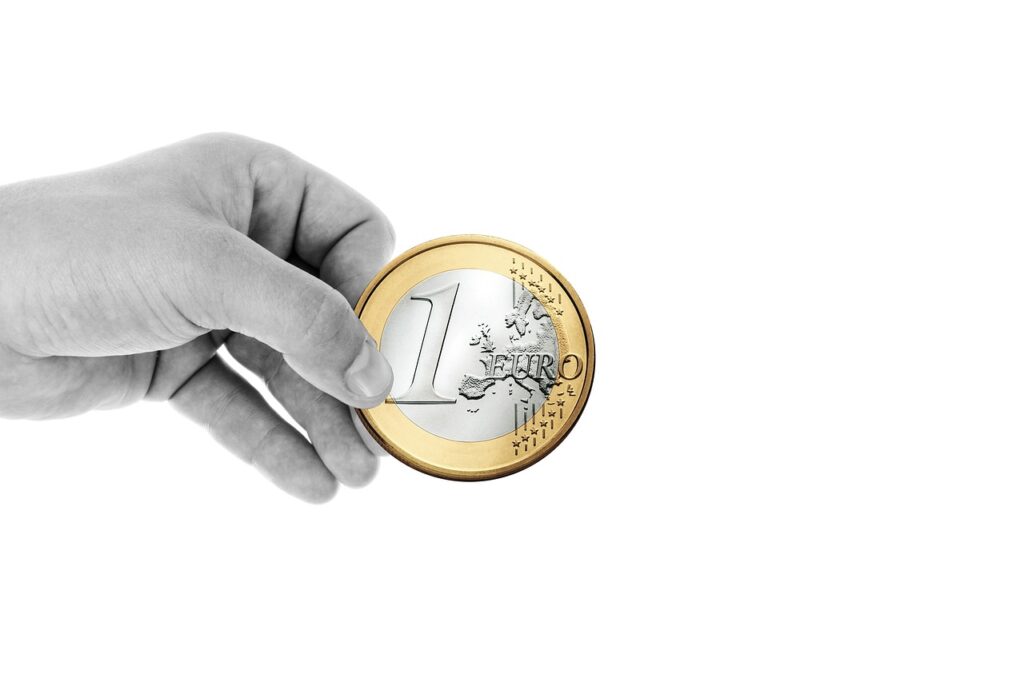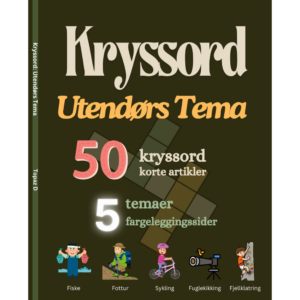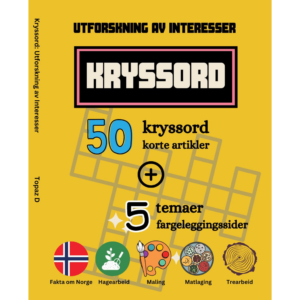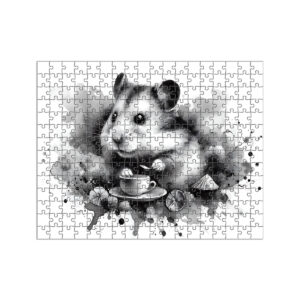
Explore & Play
Discover interesting topics and solve the accompanying crossword puzzle.
Coin Crossword | Key Coin Terms and History
Table of Contents
Welcome to our exploration of the fascinating world of coinage! To enhance your experience, we invite you to start with our engaging coin crossword puzzle. It’s a fun way to familiarize yourself with key terms and concepts related to coins. If you’re new to this topic or want a deeper understanding, feel free to dive into the article that follows the crossword. This article provides a comprehensive overview of coinage, its history, and related terms, and will offer valuable context before you tackle the crossword puzzle. Enjoy the journey through the evolution of coins and the challenges of our crossword!
Coin Crossword
You can either fill in the crossword puzzle directly on this page or click the button in the bottom right corner to print it for free.

The Evolution of Coinage: From Ancient Coins to Modern Currency
The history of coinage is a fascinating journey that spans thousands of years, revealing much about the evolution of money and its role in societies around the world. From the earliest metal coins used in ancient civilizations to the complex minting processes of today, coins have not only served as a medium of exchange but also as a reflection of economic and cultural values. This article explores the evolution of coinage, covering historical developments, minting techniques, and the future of currency, all while highlighting various denominations and terms associated with coins
The Origins of Coinage
The Beginnings: From Barter to Coinage
Coins have a rich history that dates back to ancient civilizations, where they began as a practical solution for trade and commerce. Before the advent of coins, societies relied on barter systems, exchanging goods and services directly. The introduction of coins marked a significant shift, providing a standardized method of trade that facilitated economic growth.
The Evolution of Denominations
The transition from bartering to coinage led to the creation of various denominations. In ancient Greece, for example, coins like the drachma and obol were used. Over time, denominations evolved, and today we are familiar with coins like the cent, nickel, dime, quarter, and half in the U.S. Each denomination served a specific purpose, making transactions more efficient and accessible.
Precious Metals and Early Coins
Throughout history, the use of gold and silver in coinage has been prevalent. These metals were valued for their rarity and durability, making them ideal for minting coins. Ancient coins often contained significant amounts of these metals, reflecting their high value. The use of alloy in coinage also began in ancient times, as coins were crafted from mixtures of different metals to enhance their durability and reduce costs.
The Minting Process and Techniques
The Birthplace of Coins: Understanding Mints
The production of coins has evolved significantly, with advancements in minting techniques and technology. The mint is the place where coins are produced, and it plays a crucial role in the coinage process. Each coin produced at a mint is marked with a mintmark, a small letter or symbol indicating its origin. This practice helps collectors and historians trace the history and origin of coins.
From Handcrafted Dies to Modern Machinery
The process of minting coins has advanced from using handcrafted dies to employing sophisticated machinery. Early coins were stamped manually using engraved dies, which left unique impressions on each coin. Today, modern mints use advanced technology to produce coins with precise finishes, such as proof and clad coins. Proof coins are known for their high-quality finish and are often collected for their aesthetic value, while clad coins feature a combination of different metals.
Types of Coins and Their Materials
From Precious Metals to Alloys
Throughout history, coins have been made from a variety of materials, each with its own significance and purpose. Bullion coins, for example, are made from precious metals like gold and silver and are valued for their metal content. The use of alloy in modern coins allows for more economical production while maintaining durability and resistance to wear.
Iconic Coins: Designs and Symbols
Coins often feature distinctive designs and symbols that reflect cultural and historical significance. For instance, the American eagle and the buffalo on U.S. coins are iconic symbols that carry historical weight. The emblem of a coin can reveal much about the country of origin and the era in which it was produced. These designs not only serve aesthetic purposes but also convey important historical and cultural messages.
Commemorative and Special Edition Coins
Honoring Achievements: The Role of Commemorative Coins
Commemorative coins are issued to celebrate specific events, achievements, or individuals. These coins often feature unique designs and are produced in limited quantities, making them highly collectible. Medals, which resemble coins, are awarded for various achievements and often feature similar design elements.
Rare Finds: Specimens and Their Significance
In addition to commemorative coins, specimen coins represent rare or special editions that hold significant value for collectors. These coins are often produced in limited numbers and may have unique features or higher quality finishes compared to standard coins. Collectors and numismatists place a high value on these rare finds due to their rarity and historical importance.
Currency Systems and Coinage
From Coins to Paper Money: The Evolution of Currency
The role of coins extends beyond mere transactions, influencing entire economic systems. Over time, the use of currency has expanded from physical coins to include paper money and digital forms. The evolution of coinage has been closely tied to the development of currency systems, which have adapted to changing economic and technological landscapes.
Everyday Uses: Coins in Transactions and Vending
Coins are not only used in traditional transactions but also play a role in vending machines and as tokens in various systems. Change given in transactions often involves coins, highlighting their continued importance in everyday economic activities. Despite the rise of digital payments, coins remain a vital part of the economy.
The Role of Numismatics in Coin Collection
The Science of Coin Collection: Understanding Numismatics
Numismatics, the study and collection of coins, provides valuable insights into historical and cultural contexts. A numismatic approach involves examining coins for their historical significance, rarity, and condition. Numismatists are experts who dedicate their time to studying and collecting coins, contributing to our understanding of their historical and cultural impact.
Assessing Value: How Collectors Determine Coin Worth
Determining the value of coins involves considering various factors, including rarity, condition, and historical significance. Coins that are valuable due to their historical context or unique features often command higher prices in the market. Collectors use specialized knowledge to assess and appraise the value of their coins, which can significantly influence their collection’s worth.
Looking Ahead: The Future of Coinage in a Digital Age
As we move forward, the future of coinage faces both opportunities and challenges in an increasingly digital world. The decline in the use of physical coins due to the rise of digital payments presents both challenges and opportunities. Innovations in digital currency and evolving payment systems may reshape the role of coins in the future. While physical coins may become less common, their historical and cultural significance will continue to be appreciated by collectors and historians alike.
Share to...
I hope you enjoy the content.
Want to receive our daily crossword puzzle or article? Subscribe!
You may also be interested in
Share to…
Want to receive our daily crossword puzzle?
-
Jigsaw Puzzles
Oslo Opera House Abstract Jigsaw Puzzle 250 | 300 | 500 Pieces
kr 348,00 – kr 439,00Price range: kr 348,00 through kr 439,00 Select options This product has multiple variants. The options may be chosen on the product page -
Jigsaw Puzzles
Vigeland Park Fantasy Puzzle 250 | 300 | 500 Pieces
kr 348,00 – kr 439,00Price range: kr 348,00 through kr 439,00 Select options This product has multiple variants. The options may be chosen on the product page -
Jigsaw Puzzles
Whimsical Hamster Jigsaw Puzzle in Watercolor Style 250 | 300 | 500 Brikker
kr 348,00 – kr 439,00Price range: kr 348,00 through kr 439,00 Select options This product has multiple variants. The options may be chosen on the product page

















